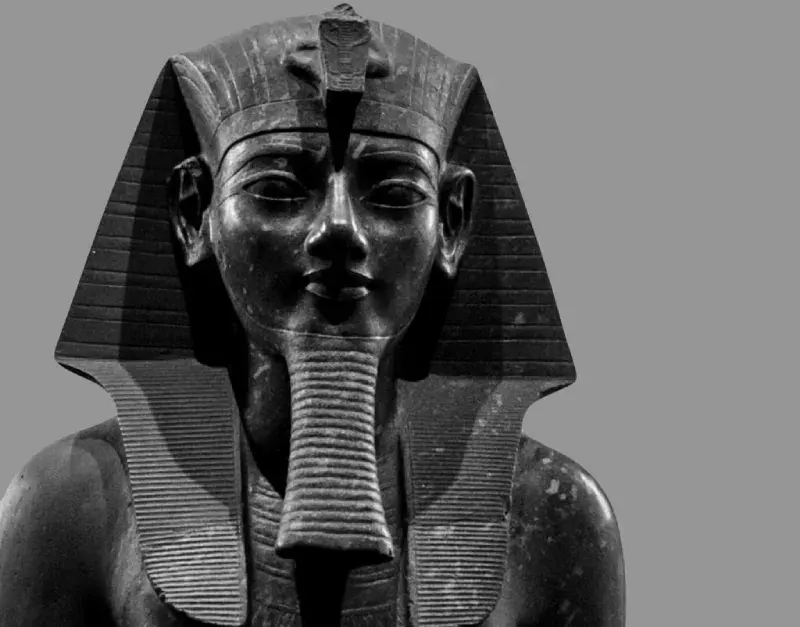In the annals of ancient Egypt, few pharaohs hold as much intrigue as King Amenhotep III. Born into the illustrious 18th Dynasty, Amenhotep III ascended the throne at a tender age and became ruler over Egypt for an astonishing 38 years.
During his reign, spanning from around 1391 to 1353 BCE, he showcased unparalleled wealth, artistic excellence, and notable diplomatic successes. Let's explore the fascinating life and era of King Amenhotep III, uncovering the enduring legacy he bestowed upon history.



